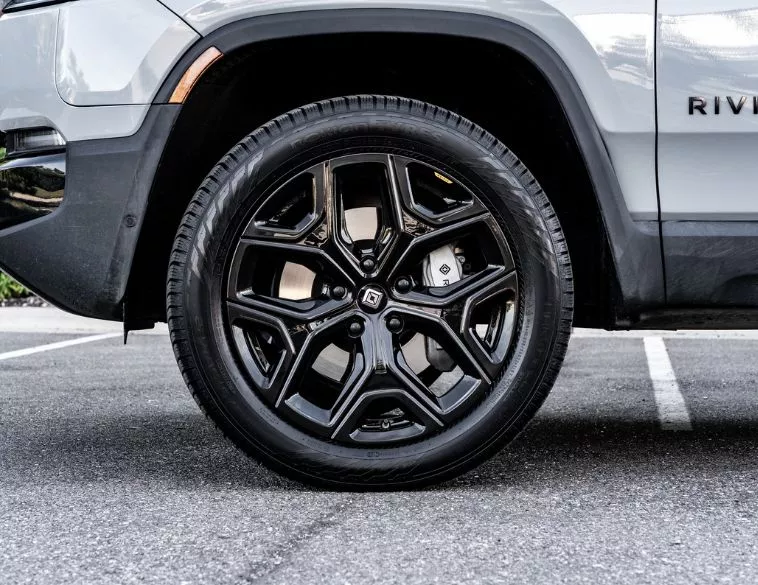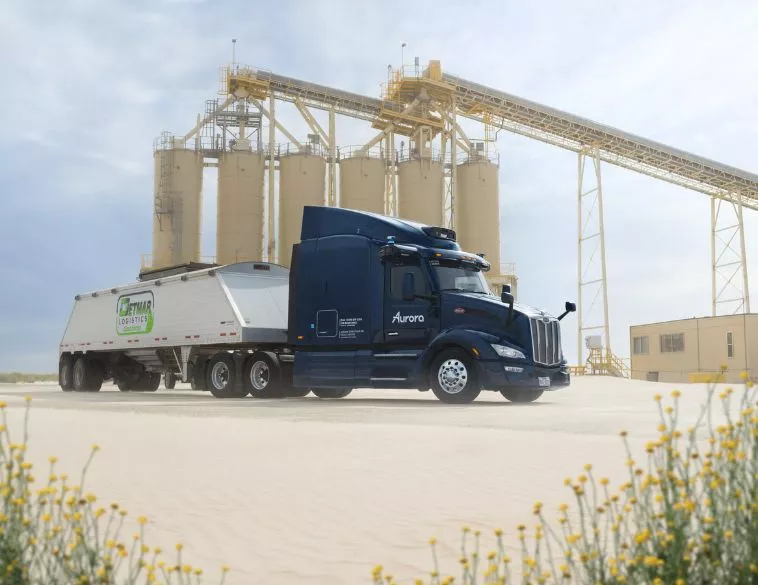Punching Above Their Weight Class


Stuck in the middle, between light- and heavy-duty vehicles, medium-duty trucks are often pushed beyond their limits.
Medium-duty trucks are sometimes called upon to do more than they were designed to handle, resulting in wear and tear issues that fleet managers need to be aware of.
Like the often-misunderstood middle child, medium-duty trucks are stuck between their light-duty and heavy-duty siblings, and according to Brian Hickok, Strategic Business Advisor-Fleet at Element Fleet Management, that’s not always a good thing.
“Medium-duty [trucks] are in the middle of these three main classifications,” he says, “so they are often utilized hard in certain operations because fleets/companies might have multiple jobs they use them for.”
Depending on how they are used, these trucks will often suffer from a variety of different wear and tear issues. Hickok offers two examples: A medium-duty box truck might be used to make deliveries all day, every day in a city environment where stop-and-go traffic is the norm. Stuck in these conditions, this truck will often need more brake service, and it may have more engine wear issues caused by the constant acceleration and deceleration that are common in a busy city environment.
On the other hand, a medium-duty service body truck that regularly operates in a more rural environment and travels long distances on paved roads with a heavy trailer in tow, and then has to go off-road to access certain job sites, is more likely to have to deal with transmission issues, Hickok explains.
Looking at the situation from a broader perspective, Hickok says that in general, medium-duty trucks are most likely to experience wear and tear issues with the following components and parts, listed in order from most to least often: transmission, electrical, drive line, engine, brakes, air conditioning, suspension and tires.
Of course, much depends on how these trucks are used. Brake issues, for example, will be a major wear and tear issue with trucks that spend most of their time in stop-and-go conditions within a city or travelling through elevated mountain passes. Driving up or down elevations is hard on many vehicle components, including brakes, transmissions and engines (when gearing down). In addition, switchback mountain passes are hard on tires.
However, even trucks that spend most of their time in flat rural areas where they normally travel longer distances and don’t need to constantly slow down or stop can still have brake issues if they’re always loaded to the legal limit, or beyond, with heavy cargo, Hickok says.
Pushing the envelope
David M. Broadwater Jr., Manager, Fleet Management Services at Holman agrees that excessive wear and tear is often the result of someone pushing a vehicle to its limits.
“Fleets often have lighter-duty trucks that tend to be overloaded because someone doesn’t want to jump the gap into a medium-duty truck,” Broadwater explains, “and the same can be said about medium-duty vehicles. You have some units that can be subject to overloading and abuse, because the company may not be in a position to jump up weight classes into a heavier-duty truck, even though that’s what they really need.”
Broadwater notes that sometimes the reason why a medium-duty truck is used to do the job of a heavy-duty truck is because the person making that decision may not fully appreciate what’s really needed to get the job done.
“In some cases the problem is the fact that the fleet manager isn’t a fleet manager,” he says. “Instead they’re an extension of procurement or accounting or HR in some cases. Your old-school fleet managers who really understood the vehicles, the usage, the regulations are few and far in between.”
Broadwater explains that in some cases, fleet managers are wearing too many hats. The work of actually managing a fleet may be secondary to their other roles within an organization.
This lack of focus, coupled with a lack of understanding, is further exacerbated by the fact that in some cases, the fleet manager who orders the trucks doesn’t fully understand how those trucks are actually used on a day-to-day basis. The fleet manager may assume that the trucks are being used in a certain manner, but those who actually drive and use those trucks may be pushing that truck further than the fleet manager could imagine.
Another challenge is money. Budgets are set by an organization, and the fleet manager who is ordering the trucks may look at the pricing of various vehicles and conclude that he can get more trucks for the same money if they skimp on some of the specs. “For the sake of the budget, they’ll impact the overall performance out in the field, not necessarily taking into consideration what their operating budgets will look like at the end of the lifecycle,” Broadwater adds.
The right vendor
When it comes to maintaining medium-duty vehicles, Broadwater stresses the importance of working with a shop that understands what’s required. “You want to align with the right vendor,” he explains. “That’s important, because depending on where you draw the line between light- and medium-duty, you could take your [Ford] F-450 to a light-duty shop, and they will be able to change your oil and do your brakes. But do they have the skillset to really identify some of these premature wear items, and other issues that need attention during a through PM? Probably not.”
Broadwater says it’s critical to work with a vendor who is familiar with medium-duty vehicles. “Do they have a shop that’s big enough that you can actually drive your vehicle into the building?” he asks. “Do they have a hoist that can lift your vehicle, or are they doing you a favour by changing the oil out back, on their back, as opposed to getting your truck into the air so that they can do a proper inspection?”
The idea of working with the right vendor also applies to upfitting. Broadwater recalls working with a client who was dealing with suspension components that were failing prematurely. When Broadwater and his team looked at the problem, they realized that whoever the client hired to upfit their truck, didn’t know what they were doing.
“The truck was not level,” Broadwater says. “The crane, the toolbox and the air compressor were all mounted on one side of the vehicle, and that side of the vehicle was wearing out the brakes prematurely, going through ball joints, the leaf springs were cracking, it was a real mess. But that’s what happens when you ask your buddy to mount some stuff on a chassis for you, rather than working with a reputable upfitter who understands the medium-duty world. You get what you pay for.”



